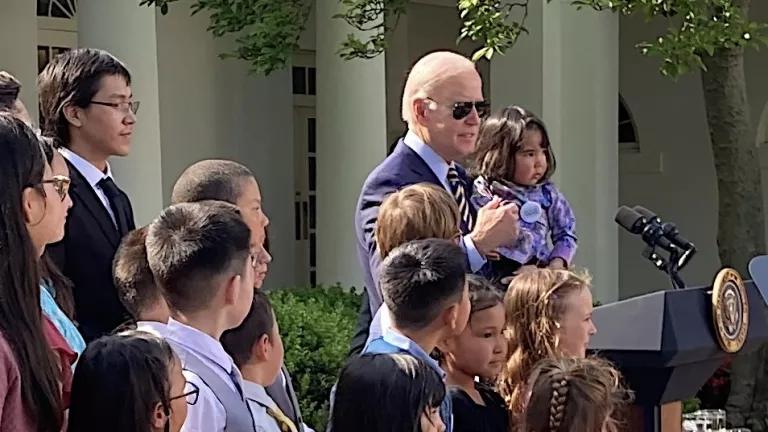Ready for some good news? I sure am. Particularly when it's about conserving the wild things that share this planet with us. From one of the biggest cats in world to the world's smallest chameleon--which has only just been found--check it out:
- Scientists have confirmed the presence of resident snow leopards in Bhutan. The discovery is important, as snow leopards remain a critically endangered animal and it was unclear whether Bhutan had enough viable habitat to support any of the cats.
- Reuters' Gopal Sharma profiles Nepal's efforts to save the Gharial crocodile through a captive breeding program and intensive management. Nepal's had quite a bit of sucess, too. While only 100 crocs are left in the wild, that's double the number a few decades ago.
- There's some good news for the United State's struggling Mexican gray wolf population. Results from a recent wolf census show that population has climbed 16%, and it's the first time we've seen a population increase for two consecutive years since 2003. Despite this good news, however, there are still only 58 wild grey wolves in Arizona and New Mexico.
- The St. Louis Zoo and federal biologists are preparing to reintroduce endangered American burying beetles to Missouri's Wah-Kon-Tah pprairie. The Zoo has been raising the beetles for seven years and has over 350. In a Colombian article covering the reintroduction Bob Merz, director of the Center for American Burying Beetle Conservation at the Saint Louis Zoo, said: "I've lived in Missouri my whole life. And when something that used to be found in the wild within my lifetime is not there anymore, there's something wrong." Amen.
- Scientists have just discovered an entirely new family of limbless amphibians, that look more like earthworms than frogs of salamanders, while surveying the northeastern India. Sevens new species have been identified so far.
- Scientists also announced the discovery of the world's smallest chameleon in Madagascar.
Finally, because it's cool:
- Scientists have successfully germinated 30,000 year old seeds, found buried in ancient--and now frozen--squirrel mittens in Siberia. The flower, grown successfully, has not been seen on this earth since well before mammoths disappeared from a once grassy and arid ancient Russian steppe.
Related Issues
Nature & Wildlife




